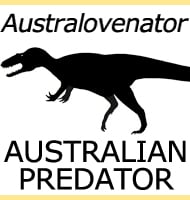Velocisaurus
In Depth Though only named from a leg and foot, Velocisaurus seems to have been a particularly fast running dinosaur given that the leg shows clear adaptations for running, hence the name which means ‘swift lizard’. When the dinosaur Velocisaurus was first described by Jos� Bonaparte in 1991 he speculated that Velocisaurus might have been … Read more
